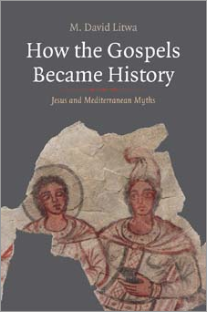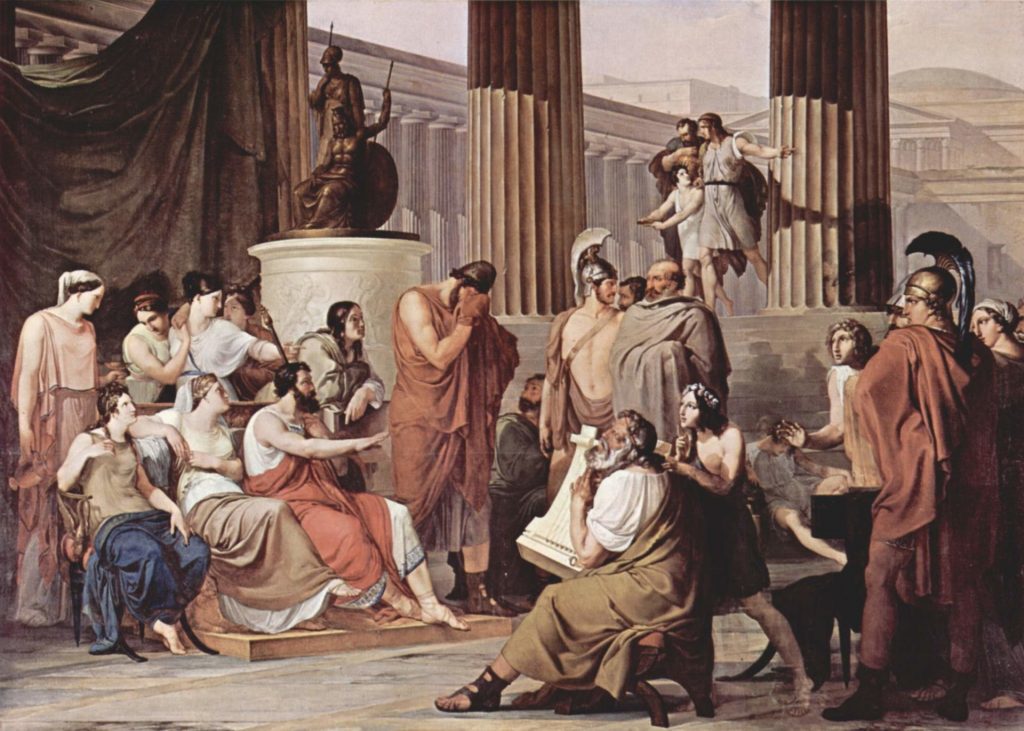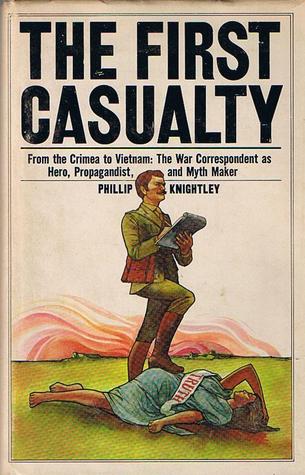 This is probably my favourite chapter in How the Gospels Became History by M. David Litwa. Is #15, “Eyewitnesses”.
This is probably my favourite chapter in How the Gospels Became History by M. David Litwa. Is #15, “Eyewitnesses”.
— Who Is the Beloved Disciple? — I like Litwa’s answer to that question better than any argument that it was Paul or Mary or John or . . . .
— And does not striking life-like vividness of detail in a narrative strongly indicate an eyewitness report? It’s refreshing to see a biblical scholar answer that question in the negative.
But first, some opening quotes to give you the main drift:
Through the eyes of the literary eyewitness, a subjective and spiritual event could be represented as real and verifiable. . . .
Fictive or not, eyewitnesses were greatly valued in ancient Mediterranean culture. . . .
(Litwa, 194)

Odysseus is weeping at the court of Alcinous as the blind minstrel Demodocus sings about Odysseus and Achilles at Troy while playing the harp. (Wikimedia)
Vivid detail?
Let Homer answer the question, so often asked rhetorically when apologists insist on the historicity of the gospels.
In Homer’s Odyssey, the hero Odysseus praises the singer Demodocus for relating the events of the Trojan War “as if you were present yourself, or heard it from one who was.” Demodocus was definitely not present, a point that Odysseus well knows. Still, by means of his vivid presentation, Demodocus could make it seem as if he were an eyewitness or had heard from one who was. Homer knew that if one was not an eyewitness, skillful literary art could produce an eyewitness effect.
(Litwa, 194 f)
Historians and eyewitness reports — comparing the gospels
Litwa points out that as a rule ancient Greco-Roman historians sought to impress audiences with the credibility and superiority of their accounts by appeals to eyewitness sources. Not that they cited an eyewitness with every event, but they would often boast of their first-hand information in a prologue or whenever a particularly unusual event was being narrated. If we accept this practice as the literary custom at the time the gospels were composed then Litwa’s argument makes sense:
The gospels were probably not written by eyewitnesses. If they were, the authors would have named themselves and explicitly claimed to have seen the events that they narrated. If they based their accounts on eyewitness reports, they would have named those eyewitnesses specifically and related their differing accounts. Real eyewitnesses would not have left firsthand experience open to doubt. They would have boasted, like Josephus, of their eyewitness status and used it to confirm their authority.<
(Litwa, 196)
But is not Luke an exception? Does he not claim to have interviewed eyewitnesses for his gospel?
Again, it is refreshing to read Litwa’s answer to this question:
To be sure, the author of Luke mentions receiving traditions from eyewitnesses (1:2). The fact that none of these witnesses is ever named and none of their reports is ever distinguished in the narrative, however, raises many questions. In fact, the author of Luke seems content to hide the nature of his sources. He clearly used the gospel of Mark, though he never once gives any impression that he did so. The details of his other sources, both oral and written, are never supplied.
(Litwa, 196)

